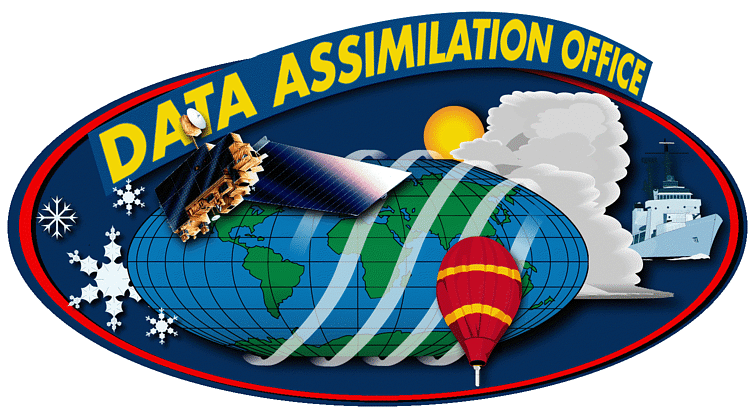Early in my career, at NASA, I became a manager of organizations that employed scientists and computational specialists. I did not aspire to management. In fact, among my friends, management was looked down upon; it was not “science.”
My recruitment into management was not to be an administrator. I was being asked to take on something more strategic – organizational change. The purpose of these blogs is to organize and expose my experiences in changing organizations. The goal is to provide insights from my experiences that might inform others who decide to take on similar problems of organizational change.
1: Organizations and Organizational Change: Introduction:
Early in my career, at NASA, I became a manager of organizations that consisted of scientists and computational specialists. I did not aspire to management. In fact, among my friends, management was looked down upon; it was not “science.”
My decision to take on this problem turned out to be one of the most defining decisions of my career. Because of perceived success, I was asked to lead or advise on other efforts with similar initial challenges. The purpose of these blogs is to organize and expose my experiences in changing organizations. The goal is to provide insights from my experiences that might inform others who decide to take on similar problems of organizational change.
2: Organizations and Organizational Change: Attributes of Entrenched Organizations:
There is a set of attributes that describe the organizations I have been asked to lead. All of these organizations have been associated with a Federal Agency and have a science-based mission.
In all cases there has been a desire by “management” to develop a new and expanded capability that would have outcomes of consequence on Federal and National levels. There was relevant existing capacity that provided obvious building blocks for the new capability. However, this existing capacity was viewed with doubt as the right “place” to invest. The doubt was for many reasons.
Resistance to change is a natural response. There is a loss of control for both individuals and organizations, which is met by a wide variety of responses.
The differing mindsets of individuals within an organization as well as individual’s intrinsic reluctance to change assure resistance to change. Indeed, over the years, resistance to change can become a characteristic of an organization that is so normalized that it is “what we do.” This can lead to organizational sabotage of change – overt, covert, and subconscious.
I will distinguish between leadership, governance, management, administration, and coordination. This entry focuses on leadership, which is a more abstract term and suggests some elements of an individual’s style and values.
In the organizations in which I have worked, “leadership” has often come to mean the group of people, executives perhaps, that sit at the top of a hierarchical organization. These people are often imbued with leadership by virtue of their position. However, from the point of view of leading transformational change, those in leadership positions may or may not be effective leaders.
5: Communications and Continuity
I have managed organizations, and I have been advised by external review panels. I have served on external review panels. In every case, the challenges of communication were present and noted. Communication is essential to collaborative problem solving. Collaborative problem solving is required when many people representing many fields of expertise and competing interests are required to work together to deliver a product, provide a service, or to effect change.
6: Organizational Inertia & Tactics of Sabotage
In Edwin Friedman’s approach to changing organizations, Friedman notes the emergence of resistance to change as a sign that a leader is being effective. Resistance to change can come from organizational culture, for example, a certain pathology is just the way we are – it cannot be changed. There might be structural barriers, for example, incentive structures that are counter to successful organizational outcomes.
There are also actions by individuals and organizations to resist change. Sometimes this is deliberate; that is, sabotage. Other times it is behavior that does not appear as mal-intent; that is, it seems driven by some subconscious need.
Resistance and sabotage are part of a successful path to organizational change. There will be those in the organization and external observers who resent the word “sabotage,” because they do not feel it is “who they are.”
U.S. Climate and Weather Modeling Policy and Practice
Starting in the mid-1990s I became involved in management and analysis of U.S. government efforts in climate and weather modeling. This became a unique aspect of my career, and here at the end of my career, I am still asked to be involved both directly and indirectly. That means I have been doing this for more that thirty years. If I subjected this to Marie Kondo’s does this spark joy test, then it would fail.
Here is a collection of writings. They still largely stand on their own, though they do demand some updates.
U.S. Climate and Weather Modeling Policy and Practice
